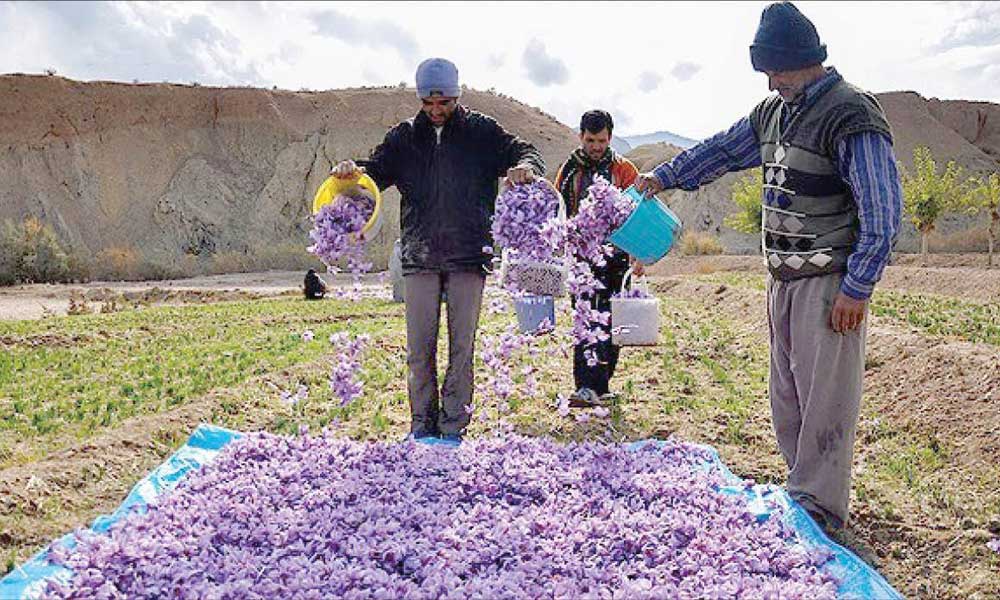The Origin of Saffron; Ancient Persia and Saffron
Saffron, a spice gotten from dried flowers of the saffron crocus, also called “Crocus Sativus” is unarguably one of the world’s most expensive substances. With a distinct, often hard to describe flavor and taste; saffron has been used as a cooking spice, dye, fragrance, and medicine; for centuries.

The origin of saffron cultivation dates over the last four millennia. It cuts across different cultures and continents. However, records have shown that saffron was first cultivated in Greece. The most acknowledged Greek legend, involving saffron, was that narrating the tragedy of Crocus and Smilax. The story describes a man, Crocus, who decided to pursue the beautiful Smilax. Initially taken by his advances, Smilax gave in, but soon grew tired of him. Not one to give up, Crocus pursues her relentlessly, causing Smilax to resort to bewitching him. This transformed Crocus into a saffron crocus flower. The story details that the orange stigma in flower shows Crocus’ unending love for Smilax.

It is believed that the beautiful women of Greek used saffron as a beauty powder for their skin. Not only that, even the Romans took several mixtures of saffron during their orgies so they could bestow themselves with more energy, to the goddess of love, Venus. The ancient Romans and Greeks also used saffron as a deodorizer. It was used to make the street, and public places smell better especially upon Emperor Nero’s entrance to Rome. Wealthy Roman women also had various beauty treatments involving saffron.
Records have also traced the use of saffron to ancient Egypt, where it was used as a drug for illness, seasoning for meals and dye for clothes. Cleopatra is said to have used several drops of Saffron in her warm baths because of Saffron’s cosmetic properties. It is believed that she used it before her encounters with men to heighten the pleasure of lovemaking. Saffron was also used by Egyptian physicians as a treatment for several kinds of gastrointestinal ailments and urinary tract conditions.
Ancient Persia and Saffron
The existence of saffron in Persia has spanned several millennia. Saffron was used as ritual offerings to idols and gods by ancient Persian worshippers. Saffron was also considered as perfume, a coloring agent, even a drug. Persian saffron threads for culinary purposes were widely speculated to be Aphrodisiacs. In ancient Persia, saffron was used as a beauty treatment as it was used for warm baths after the day’s activities. Alexander the Great himself, made use of saffron-laced warm water for his baths. He believed it would heal his wounds and it worked as he even recommended it to lower-ranking subordinates.

Saffron cultivation also extended from Persia to present-day Turkey, especially around the northern town of Safranbolu, a town which still holds annual saffron harvest festival. It is also speculated that saffron spread to South and East Asia from Persia. Historians opine that, after ancient Persia conquered Kashmiri, Persian saffron crocus corms were transplanted to Kashmiri. Others believe that saffron first reached India from Persia, as a result of Persian leaders’ efforts to fill up their newly built gardens. They transplanted the desired cultivars across the Persian Empire.


